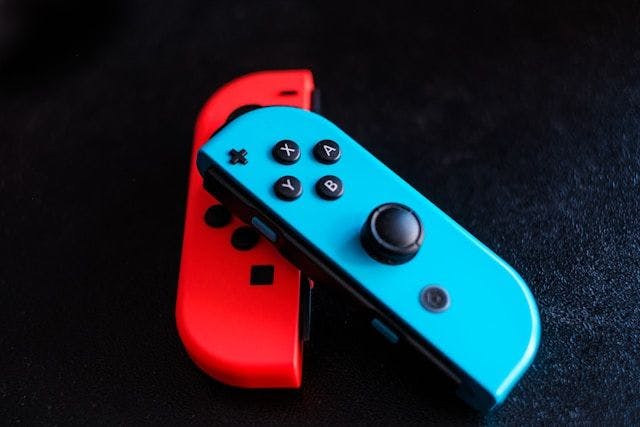When buying a mobility scooter, one of the factors to consider is how far it can run before the battery depletes. The key factor determining the range of a mobility scooter is the battery. However, factors like your weight, terrain, luggage, and age of your batteries will affect the mobility scooter’s range.
This article will guide you on the various types of long-range mobility scooters. We shall also discuss the different types of batteries and how you can maintain them for optimum performance and durability.
Portable Boot Scooters
Portable/small boot scooters are small-sized scooters ideal for cruising around paved pathways and flat pavements. Due to their compact size, portable boot scooters have a short distance range and slow speed.
Typically, portable boot scooters have a maximum speed of 4mph and can run for 10 miles before the battery runs out. Therefore, they are ideal for shopping trips and moving around the town.
Mid-Range Mobility Scooters
Mid-range or class 2 mobility scooters are fitted with larger batteries that make them run for longer distances. These scooters are ideal for users who prefer mobility scooters to use more frequently or to travel longer distances.
Generally, mid-range mobility scooters reach maximum speeds of 4mph. More so, they have powerful batteries that enable them to go for up to 15-25 miles before the battery depletes. The distance range depends on the model and the battery in the scooter.
Road-Legal Mobility Scooters
Road-legal mobility scooters or Class 3 are powerful scooters that can reach speeds between 6-8 mph. These scooters will travel longer distances and have full suspensions. They have larger batteries that make them reach a distance range of about 35 miles on a single charge. Class 3 mobility scooters are also legal to go on the road and give you more freedom when cruising outdoors.
Types of Mobility Scooter Batteries
Electric mobility scooters are packed with batteries that you can recharge after they run out. The main types of batteries fitted in mobility scooters are:
1. Sealed lead-acid batteries
These batteries are cheaper and produce less power. Therefore, they are suitable for users who use their mobility scooters occasionally.
2. Gel cell batteries
Gel cell batteries are expensive but have more power and durability. You can recharge and use them for longer before replacing them. Therefore, users who ride their mobility scooters more frequently should use gel cell batteries.
Generally, after using your mobility scooter, you need to charge for eight hours before reusing. Sticking to the manufacturer’s charge time is important to ensure that the battery lasts longer. Charging the batteries for lesser hours than recommended can damage them and reduce their lifetime.
Averagely, batteries fitted on mobility scooters only last between 12 to 18 months. After this period, you will have to replace them with new batteries. You can maximize their life and maintain them in the optimum working conditions by:
- Recharging the batteries as soon as possible. Do not let depleted batteries remain not charged for more than one day.
- Recharging them before they are completely dead.










